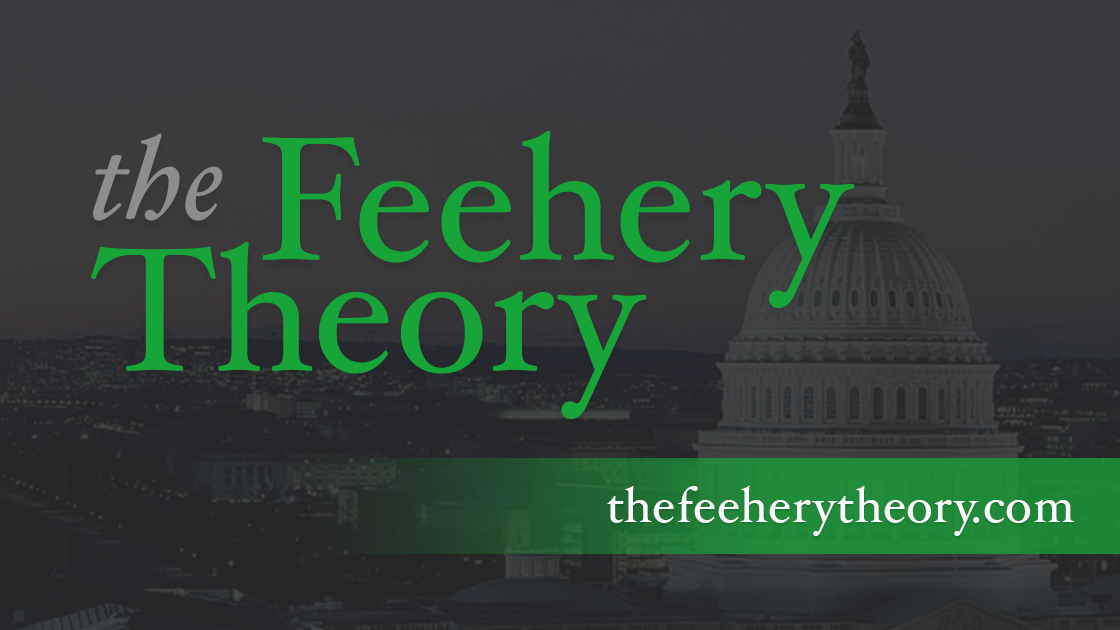The Unstable Coalition
Posted on June 25, 2009
This originally appeared on CNN.com(CNN) -- Much has been said and written about the decline and fall of the Republican Party. That is unsurprising, given the last two elections, when Republicans got their heads handed to them.
In the aftermath of President Obama's coronation earlier this year, political analysts were writing confidently about the imminent disappearance of the Republican Party.
The party was too Southern, too conservative, too narrow-minded and too extreme to compete nationally. And I admit, I wrote some of that analysis myself.
But if the Republican Party is too cohesive for its own good, a case can be made that the Democratic Party is not cohesive enough. We are already seeing signs of the vaunted Democratic coalition falling apart over difficult issues such as health care and climate change/energy tax policies. The party is also not nearly as unified on social issues such as gay marriage, for example, as their leaders would like it to be.
A Gallup Poll paints an interesting picture of the Democratic coalition that should give GOP strategists a road map to the future. The analysis says, "Forty percent of Americans interviewed in national Gallup Poll surveys describe their political views as conservative, 35 percent as moderate, and 21 percent as liberal. There is an important distinction in the respective ideological compositions of the Republican and Democratic parties. While a solid majority of Republicans are on the same page -- 73 percent call themselves conservative -- Democrats are more of a mixture. The major division among Democrats is between self-defined moderates (40 percent) and liberals (38 percent). However, an additional 22 percent of Democrats consider themselves conservative, much higher than the 3 percent of Republicans identifying as liberal."
Don't Miss
The Democratic Party can be seen as a coalition of tribes, much more so than Republican voters, who tend to be much more homogenous racially and philosophically. According to another Gallup Poll, fully 89 percent of Republicans are white, while 5 percent are Hispanic and 2 percent are black. The Democrats are much more diverse -- 36 percent are nonwhite.
The Democratic Party is dominated by six different -- if overlapping -- groups of voters.
The Democratic leadership, especially in the House of Representatives, is dominated by white liberals, such as Nancy Pelosi, George Miller and David Obey. They drive the Democratic agenda, relentlessly pushing for more government control of the economy. They are libertarian on social issues, radical on the environment, and are big proponents of gun control. They will never vote Republican.
Blue Dog Democrats (conservative white Democrats from the rural parts of America) make up the smallest and most vulnerable part of the coalition. They are most likely to swing to the Republicans when the GOP is on its game. They tend to embrace more traditional values, and they tend to be fiscally conservative as well.
African-Americans make up the most loyal voting bloc for the Democrats, although there are signs that the socially liberal agenda is alienating some black voters. Especially interesting are religious black voters -- those who agree with the GOP on social issues. They have proven that on single issues, such as gay marriage, they will vote with the Republicans, but not generally for Republican candidates.
Hispanics, unlike African-Americans, have split their votes in the recent past. For example, President Bush got close to 40 percent of the Hispanic vote in his re-election campaign. But the GOP base let its inner demons lead the immigration debate, and inflammatory demagogues such as Tom Tancredo shouted down the more rational voices in the party.
It's not too late though. Hispanics are gettable for the GOP. They are not as liberal as the liberal whites, especially on social issues. Many are small business owners, who don't want to be burdened by high taxes or intrusive regulations.
Union voters also are a potential swing vote. Ronald Reagan made a special plea to attract unions, and he won a sizable portion, forever dubbed the Reagan Democrats in the 1980s. But over the last decade, union voters and the GOP have been at war. The anti-gun, abortion-rights liberal Democratic leadership does not naturally gibe with the many pro-gun, anti-abortion union members.
Democrats like to say that their diversity is their strength, but the only strength it gives them is numbers. Indeed, the liberal leaders of the party have to play a delicate game of quota politics to please each constituency. But that doesn't always work very well.
Urban liberals were bitterly disappointed when African-American voters abandoned them on the California gay marriage initiative last year. Blue Dog Democrats are blanching at the cost of the president's initiatives, fighting against the specter of higher energy taxes in the cap and trade debate, and coming out strongly against health care reform that includes a big role for government.
Hispanics are waiting impatiently for an immigration bill that may alienate more conservative members of the Democratic coalition. Green initiatives pushed by liberal environmentalists risk putting union members out of work.
All of these legislative battles, which pit one part of the Democratic coalition against another, give the GOP openings to win at the tactical level, to stall, modify or defeat particularly bad pieces of legislation.
Yes, the Republicans have their fair share of problems, but let's not overlook the mess that is the Democrats. Their coalition is unstable, their philosophy incoherent, their unity nonexistent. The Democratic parade is marching behind a liberal leadership that is out of step with most of the rest of the country, according to the Gallup Poll.
So, cheer up my Republican colleagues. Things might look bleak now, but what goes up, most come down.
The opinions expressed in this commentary are solely those of John Feehery.
